-
 bitcoin
bitcoin $122090.672462 USD
1.59% -
 ethereum
ethereum $4493.758974 USD
0.56% -
 xrp
xrp $3.033145 USD
0.65% -
 tether
tether $1.000629 USD
0.00% -
 bnb
bnb $1169.854250 USD
7.07% -
 solana
solana $230.954786 USD
-0.19% -
 usd-coin
usd-coin $0.999785 USD
0.00% -
 dogecoin
dogecoin $0.256108 USD
-1.12% -
 tron
tron $0.342333 USD
-0.12% -
 cardano
cardano $0.859632 USD
-0.10% -
 hyperliquid
hyperliquid $48.932146 USD
-2.25% -
 chainlink
chainlink $22.345466 USD
-1.29% -
 ethena-usde
ethena-usde $1.000217 USD
-0.03% -
 avalanche
avalanche $31.203456 USD
1.93% -
 sui
sui $3.579145 USD
1.05%
Can anyone explain Bitcoin mining in simple terms?
Bitcoin mining verifies transactions and secures the network using powerful ASICs, with miners rewarded in new BTC and fees, though it demands significant energy and specialized hardware.
Aug 04, 2025 at 03:15 pm
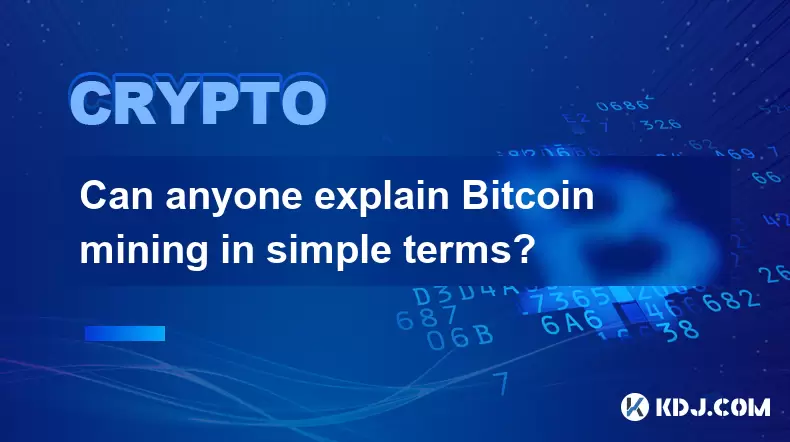
What Is Bitcoin Mining?
Bitcoin mining is the process by which new Bitcoin transactions are verified and added to the blockchain, the public ledger of all Bitcoin activity. It also serves as the mechanism through which new Bitcoin are created and released into circulation. Miners use powerful computers to solve complex mathematical puzzles. When a miner successfully solves one of these puzzles, they get the right to add a new block of transactions to the blockchain and are rewarded with newly minted Bitcoin and transaction fees.
This system is designed to be decentralized, meaning no single entity controls it. Instead, thousands of miners around the world compete to validate transactions and secure the network. The mining process ensures that all participants agree on the state of the blockchain without needing a central authority.
How Does the Mining Process Work?
The mining process revolves around finding a specific number called a nonce that, when combined with the data in a block and run through a cryptographic hash function (SHA-256), produces a result that meets certain criteria—specifically, a hash value below a target number set by the network.
- Miners collect pending Bitcoin transactions from the network and group them into a candidate block.
- They calculate the hash of the block header, which includes the previous block’s hash, the Merkle root of transactions, a timestamp, and the nonce.
- Since the nonce is a 32-bit field, miners try billions or even trillions of different values to find one that produces a hash with enough leading zeros.
- Once a valid hash is found, the miner broadcasts the block to the network for verification.
- Other nodes check the solution and, if valid, add the block to their copy of the blockchain.
This entire process is known as proof of work, and it’s what makes Bitcoin resistant to tampering and fraud.
What Equipment Is Used for Mining?
In the early days of Bitcoin, individuals could mine using regular desktop computers or even laptops. Today, mining requires specialized hardware due to the increased difficulty of the puzzles. The primary tools used now are:
- ASIC miners (Application-Specific Integrated Circuits): These are machines built specifically for mining Bitcoin. They are vastly more efficient than general-purpose hardware and dominate the mining landscape.
- Mining rigs: Some miners still use GPU-based systems, but these are no longer competitive for Bitcoin mining due to lower efficiency.
- Mining pools: Because the odds of an individual miner solving a block are extremely low, many miners join pools. These pools combine computing power and distribute rewards proportionally based on contributed work.
Each ASIC miner consumes significant electricity and generates heat, so miners often locate their operations in regions with cheap electricity and cool climates to reduce costs.
What Is the Role of Difficulty Adjustment?
The Bitcoin network automatically adjusts the mining difficulty approximately every 2,016 blocks (about every two weeks) to ensure that a new block is added roughly every 10 minutes, regardless of how much total computing power is on the network. If more miners join and the total hash rate increases, the difficulty rises to maintain the 10-minute interval. Conversely, if miners leave the network, the difficulty decreases.
This adjustment is crucial because it maintains the stability and predictability of Bitcoin’s issuance schedule. Without it, blocks could be mined too quickly during periods of high participation, leading to rapid inflation of the Bitcoin supply. The algorithm recalculates the target based on how long it took to mine the previous 2,016 blocks compared to the expected time of 20,160 minutes (10 minutes per block).
How Are Miners Rewarded?
Miners receive two types of rewards for their work:
- Block reward: This is newly created Bitcoin given to the miner who successfully adds a block. The block reward started at 50 BTC in 2009 and halves approximately every four years in an event known as the halving. As of 2024, the block reward is 3.125 BTC.
- Transaction fees: Users attach fees to their transactions to incentivize miners to include them in the next block. Transactions with higher fees are typically prioritized. Over time, as the block reward decreases, transaction fees are expected to become a larger portion of miner income.
The halving mechanism ensures that the total supply of Bitcoin will never exceed 21 million, making it a deflationary asset by design.
Is Bitcoin Mining Legal and Environmentally Sustainable?
The legality of Bitcoin mining depends on the country. In many regions, including the United States, Canada, and most of Europe, mining is legal. However, some countries like China have banned it due to concerns over energy consumption and financial control. Miners must check local regulations before setting up operations.
Regarding environmental impact, Bitcoin mining consumes a significant amount of electricity. Critics argue this contributes to carbon emissions, especially when powered by fossil fuels. Supporters point out that a growing portion of mining uses renewable energy sources such as hydro, solar, and wind. Some miners even utilize excess or stranded energy that would otherwise go to waste.
Efforts are ongoing to improve the sustainability of mining, including relocating operations to areas with surplus clean energy and developing more energy-efficient hardware.
Frequently Asked Questions
Can I mine Bitcoin using my home computer?Mining Bitcoin with a standard home computer is no longer feasible. The computational power required is far beyond what consumer CPUs or GPUs can provide. Modern mining is dominated by ASIC miners, which are expensive and consume large amounts of electricity. Attempting to mine with a regular PC would result in negligible rewards and high electricity costs.
What happens when all 21 million Bitcoins are mined?Once the maximum supply of 21 million Bitcoin is reached—estimated around the year 2140—miners will no longer receive block rewards. At that point, their income will come entirely from transaction fees. The Bitcoin protocol is designed so that users will continue to pay fees to have their transactions confirmed, ensuring miners remain incentivized to secure the network.
How do mining pools distribute rewards?Mining pools use various reward systems, such as Pay-per-Share (PPS), Proportional, and PPLNS (Pay Per Last N Shares). In PPS, miners are paid immediately for each valid share they submit. In PPLNS, payments are based on the number of shares submitted over a recent time window, discouraging miners from switching pools frequently.
Why does Bitcoin mining use so much electricity?Bitcoin mining consumes electricity because the proof-of-work consensus mechanism requires continuous computational effort to secure the network. Each guess (hash) consumes power, and miners make trillions of guesses per second. The energy expenditure is intentional—it makes attacking the network prohibitively expensive and ensures trustless consensus.
Disclaimer:info@kdj.com
The information provided is not trading advice. kdj.com does not assume any responsibility for any investments made based on the information provided in this article. Cryptocurrencies are highly volatile and it is highly recommended that you invest with caution after thorough research!
If you believe that the content used on this website infringes your copyright, please contact us immediately (info@kdj.com) and we will delete it promptly.
- BlockDAG, DOGE, HYPE Sponsorship: Crypto Trends Shaping 2025
- 2025-10-01 00:25:13
- Deutsche Börse and Circle: A StableCoin Adoption Powerhouse in Europe
- 2025-10-01 00:25:13
- BlockDAG's Presale Buzz: Is It the Crypto to Watch in October 2025?
- 2025-10-01 00:30:13
- Bitcoin, Crypto, and IQ: When Genius Meets Digital Gold?
- 2025-10-01 00:30:13
- Stablecoins, American Innovation, and Wallet Tokens: The Next Frontier
- 2025-10-01 00:35:12
- NBU, Coins, and Crypto in Ukraine: A New Yorker's Take
- 2025-10-01 00:45:14
Related knowledge
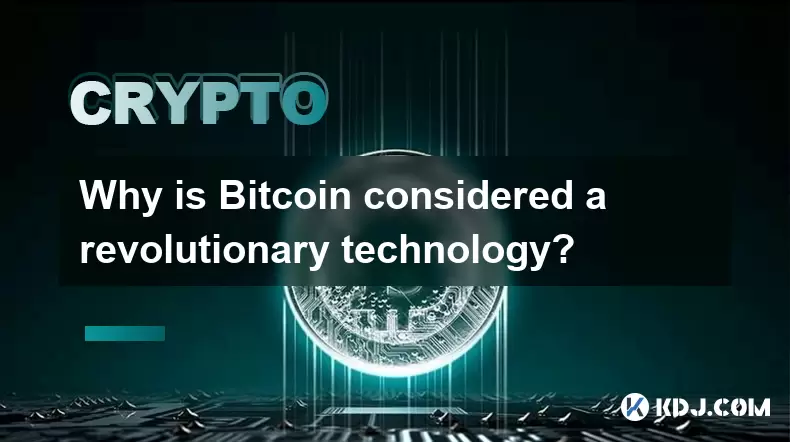
Why is Bitcoin considered a revolutionary technology?
Aug 12,2025 at 08:29pm
Decentralization and the Elimination of Central AuthoritiesThe core innovation behind Bitcoin lies in its decentralized architecture, which fundamenta...
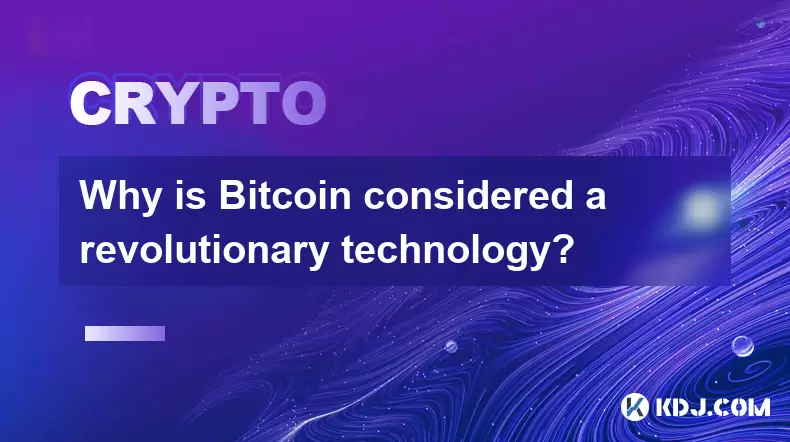
Why is Bitcoin considered a revolutionary technology?
Aug 10,2025 at 07:42pm
Decentralized Architecture and Trustless TransactionsBitcoin is considered revolutionary because it introduced a decentralized architecture that opera...
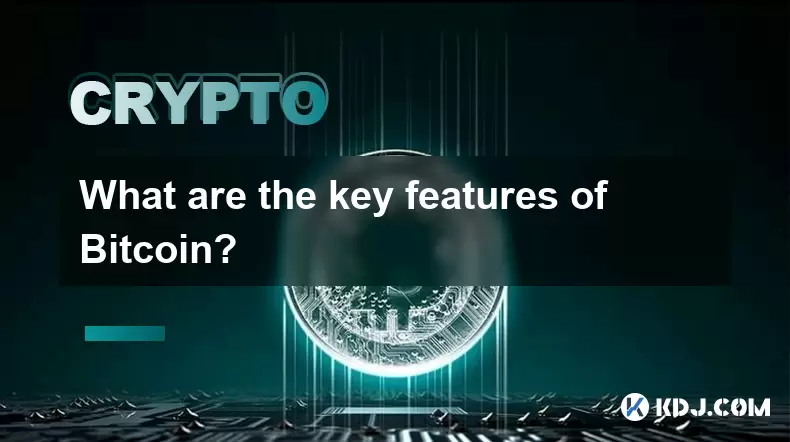
What are the key features of Bitcoin?
Aug 10,2025 at 02:50am
Decentralization and Peer-to-Peer NetworkOne of the most defining characteristics of Bitcoin is its decentralized nature. Unlike traditional financial...

Can the Bitcoin protocol be changed?
Aug 07,2025 at 01:16pm
Understanding the Bitcoin ProtocolThe Bitcoin protocol is the foundational set of rules that govern how the Bitcoin network operates. It defines every...
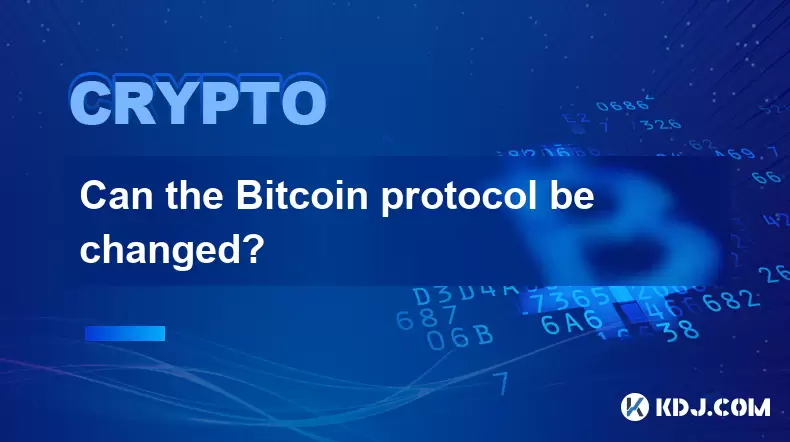
Can the Bitcoin protocol be changed?
Aug 11,2025 at 01:01am
Understanding the Bitcoin Protocol StructureThe Bitcoin protocol is the foundational set of rules that govern how the Bitcoin network operates. These ...
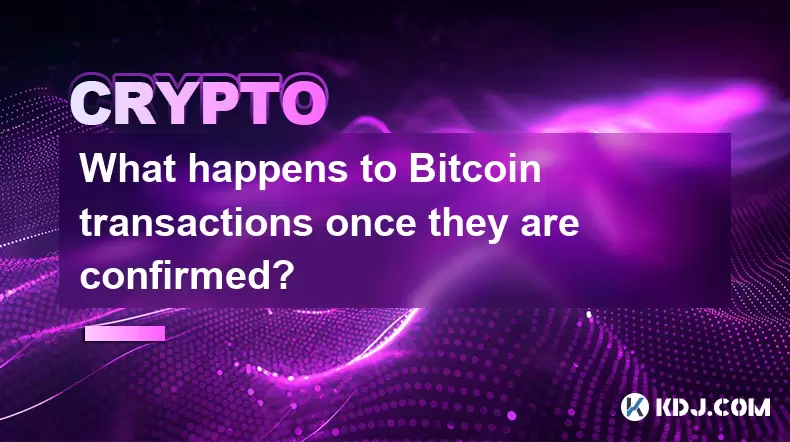
What happens to Bitcoin transactions once they are confirmed?
Aug 09,2025 at 05:22am
Understanding Bitcoin Transaction ConfirmationWhen a Bitcoin transaction is initiated, it is broadcast to the network and placed in a pool of unconfir...

Why is Bitcoin considered a revolutionary technology?
Aug 12,2025 at 08:29pm
Decentralization and the Elimination of Central AuthoritiesThe core innovation behind Bitcoin lies in its decentralized architecture, which fundamenta...

Why is Bitcoin considered a revolutionary technology?
Aug 10,2025 at 07:42pm
Decentralized Architecture and Trustless TransactionsBitcoin is considered revolutionary because it introduced a decentralized architecture that opera...

What are the key features of Bitcoin?
Aug 10,2025 at 02:50am
Decentralization and Peer-to-Peer NetworkOne of the most defining characteristics of Bitcoin is its decentralized nature. Unlike traditional financial...

Can the Bitcoin protocol be changed?
Aug 07,2025 at 01:16pm
Understanding the Bitcoin ProtocolThe Bitcoin protocol is the foundational set of rules that govern how the Bitcoin network operates. It defines every...

Can the Bitcoin protocol be changed?
Aug 11,2025 at 01:01am
Understanding the Bitcoin Protocol StructureThe Bitcoin protocol is the foundational set of rules that govern how the Bitcoin network operates. These ...

What happens to Bitcoin transactions once they are confirmed?
Aug 09,2025 at 05:22am
Understanding Bitcoin Transaction ConfirmationWhen a Bitcoin transaction is initiated, it is broadcast to the network and placed in a pool of unconfir...
See all articles










































































